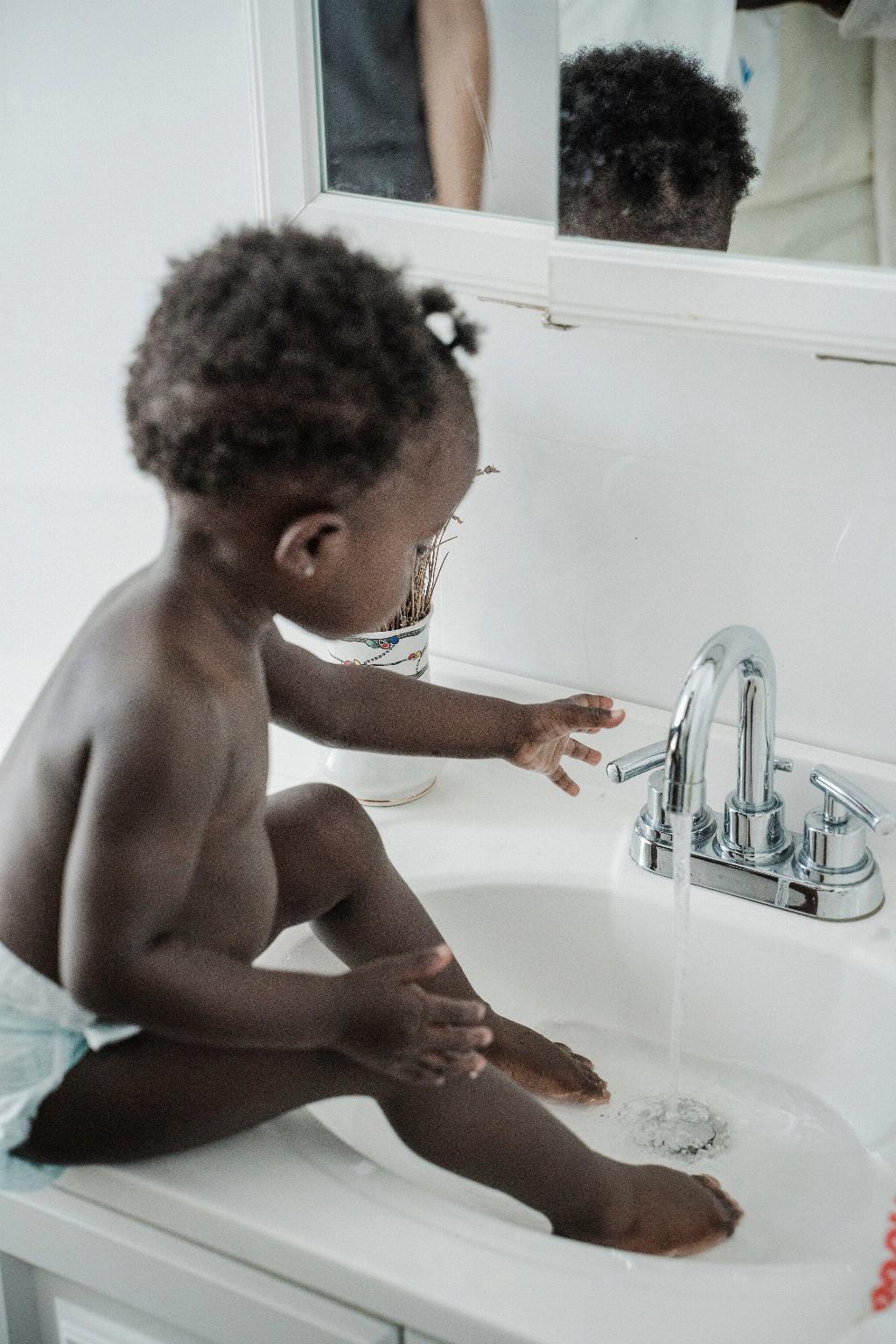Swim diapers play a crucial role in maintaining cleanliness and hygiene in swimming pools, especially for infants and toddlers. While many parents wonder if swim diapers hold pee, the primary purpose of these special diapers is to contain solid waste, such as poop, rather than urine. Understanding the function and benefits of swim diapers can help parents make informed decisions when it comes to keeping their little ones safe and comfortable during water activities.
Purpose of Swim Diapers
Swim diapers are designed to prevent solid waste from leaking into the pool water. Unlike regular diapers, which swell up and become heavy when wet, swim diapers are made of materials that do not absorb liquids. Instead, they are crafted to contain solid waste, thus minimizing the risk of fecal accidents in swimming pools. While swim diapers do not hold pee, they are effective at trapping poop and preventing contamination of pool water.
Different Types of Swim Diapers
There are two main types of swim diapers available: disposable and reusable. Disposable swim diapers are convenient for single-time use and can be easily disposed of after swimming sessions. On the other hand, reusable swim diapers are eco-friendly and cost-effective in the long run. Both types serve the same purpose of containing solid waste while allowing babies and toddlers to enjoy the water without any leaks.
Benefits of Using Swim Diapers
The benefits of using swim diapers go beyond preventing accidents in the pool. These specially designed diapers offer a secure fit and comfortable feel, allowing children to move freely in the water. By containing solid waste, swim diapers help maintain a clean swimming environment for everyone. Additionally, using swim diapers can save parents from the embarrassment and inconvenience of dealing with pool closures due to fecal contamination incidents.
Tips for Choosing the Right Swim Diaper
When selecting swim diapers for your child, it is essential to consider factors like size, fit, and comfort. Ensure that the diaper fits snugly to prevent any leaks while not being too tight to cause discomfort. Look for swim diapers with adjustable waistbands and leg openings for a customized fit. Choosing high-quality materials that are gentle on your child’s skin is also crucial for a pleasant swimming experience.
Proper Care and Maintenance of Swim Diapers
To prolong the lifespan of swim diapers, proper care and maintenance are essential. Rinse reusable swim diapers thoroughly after each use and let them air dry to prevent bacterial growth. Follow the manufacturer’s instructions for washing and storing swim diapers to ensure their effectiveness and durability. Avoid using harsh chemicals or fabric softeners that may damage the diaper’s materials.
Alternatives to Traditional Swim Diapers
In addition to disposable and reusable swim diapers, some parents opt for swim pants or swim briefs as alternatives. Swim pants are designed like traditional underwear but come with added protection against leaks in the pool. Swim briefs offer a sleek and comfortable fit, ideal for older children who are potty-trained but may still need some coverage during swimming activities. Exploring different options can help you find the most suitable swimwear for your child’s needs.
Conclusion
In conclusion, swim diapers serve a critical purpose in maintaining cleanliness and safety during water activities for infants and toddlers. While they do not hold pee, swim diapers effectively contain solid waste to prevent accidents in the pool. By understanding the benefits, types, and proper care of swim diapers, parents can ensure a hassle-free and enjoyable swimming experience for their little ones. Choosing the right swim diaper and following care instructions are key steps in making the most out of this essential swimwear accessory.

